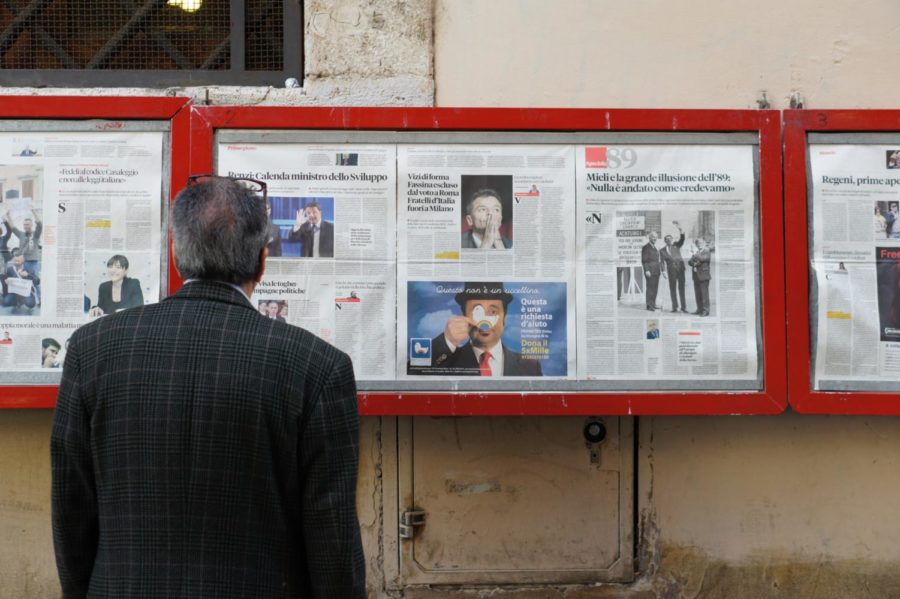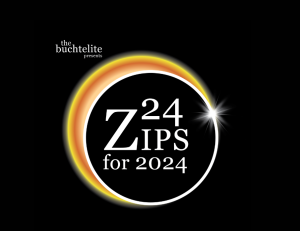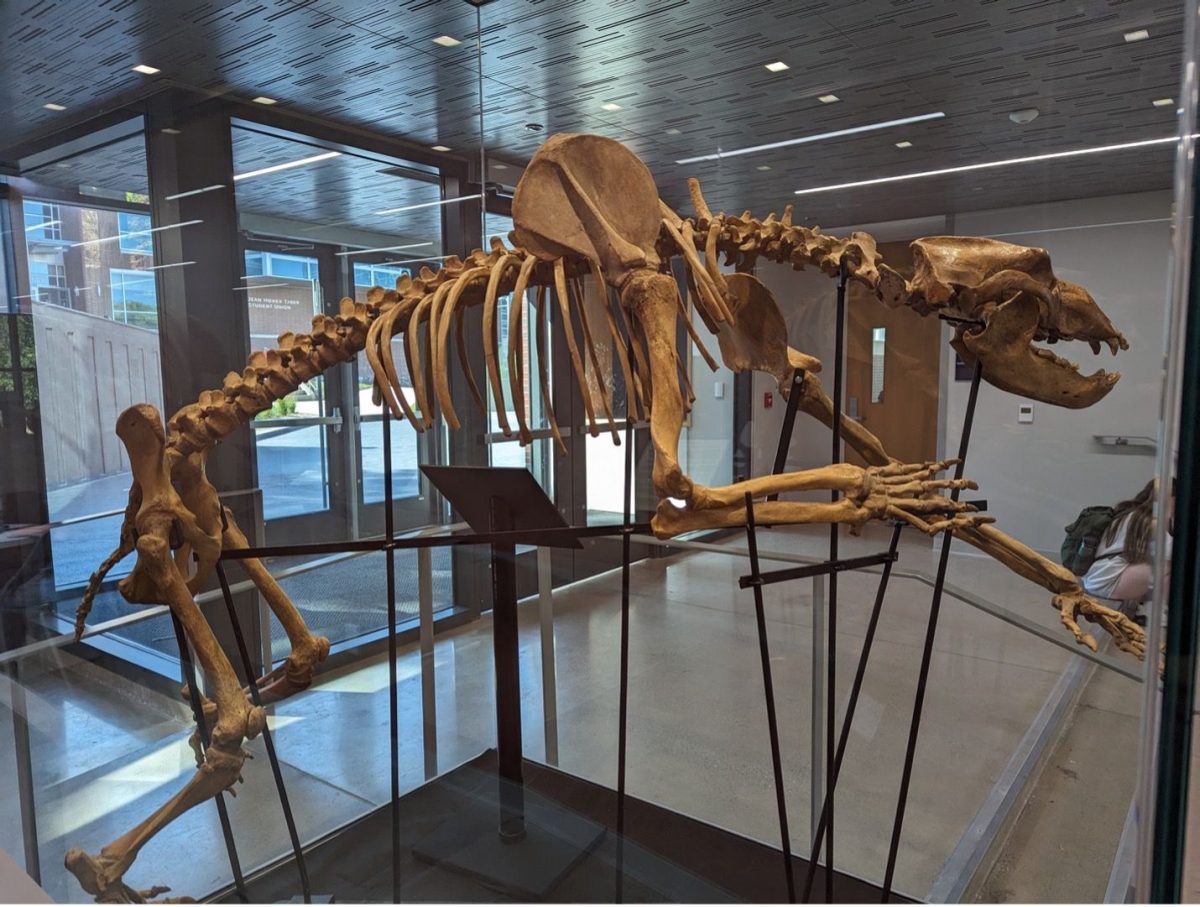Where the Truth Lies
September 27, 2021
Fake news.
You would have to be living under a rock to be unfamiliar with the term, especially during the last few years. The phrase caused such a stir that people unfamiliar with the Twitter mob were constantly hearing about it, and for good reasons.
The term fake news attacks one of the oldest, most trusted and most valued institutions in our country, the defender and preserver of democracy: the news media. It is a stake through the heart of the freedom the United States boasts, the freedom that draws thousands of immigrants to the land of the free every year.
Yet, recent polling shows the term to be more than just typical political rhetoric. The 2021 Edelman Trust Barometer declared information bankruptcy. A 2020 poll from the Gallup/Knight Foundation found the number of respondents with no trust in the media was at a record high of 33%. Even worse, 52% of Gallup’s American audience agreed reporters deliberately misrepresented the facts and 28% believed reporters made them up entirely.
Most of the 40 students surveyed for this story blamed the divisive political climate for the decay of trust. Still, nearly one-fourth of students responded that the problem spawned from the prioritizing of sensational stories over boring, objective truth, and the monsoon of misinformation spread over the internet does not help.
“Anybody could post something on Twitter and say they have a source, but they don’t,” one respondent said. “A good amount of people would just believe it.”
Unfortunately, the magnitude of content in the age of information paved the way for the reign of misinformation. This is even more dangerous when declining trust in long-trusted news organizations means people feel forced to find information on other, perhaps less credible platforms.
One reason for this could be the issue of perceived bias in mainstream sources.
According to half of the students surveyed, media bias depends on the source, but nearly 40% said the media is biased a great deal. Tyreese West, the two-year producer of the ZTV news program Lights. Camera. Akron, believes media bias exists in unacceptable amounts.
“You simply cannot build your foundation on biased reports,” he said. “It could turn a lot of people away, and I think that is what we are seeing now.”
He is right. While the majority of the student sample was willing to trust the mainstream media after verifying the information, 85% of the university sample agreed to varying extents that mainstream journalists cared more about sensationalism and political agendas than fair, objective reporting. Nearly one-fourth of student respondents said they have no trust in the media at all.
“The mainstream media has no connection to journalism,” said one respondent, citing increased slanting, bias, and opinionated statements as the source of their frustration.
While West disagreed with that statement, he believed such distrust stemmed from news consumers feeling lied to and being exposed to too much information. Additionally, the us versus them narrative only serves to further push people apart rather than finding common ground to unite.
Still, there could be a light at the end of the tunnel, a bright dawn to break through the darkness of mistrust and misinformation. Over 60% of surveyed students suggested the media could earn back the trust and regard of the people they serve by trying harder to eliminate bias and focus on objective reporting.
“Objective reporting is rooted in truth,” said West. “So, having bias could break the trust between the audience and the reporter, or news outlet, or what have you.”
It might take more than that. West believes that the only way to reignite trust is to rebuild the connection and relationship that has, right or wrong, been strained if not broken over recent years.
“I cannot speak for others, but I can speak for myself and my team here on LCA when I say we will maintain our dedication to accurate information,” said West. “Because at the end of the day, that is all we have.”












